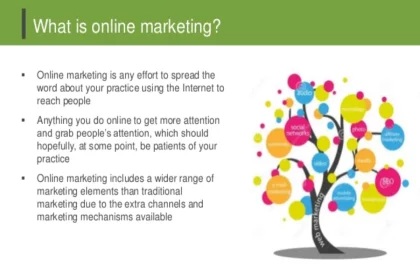GPT-3: Generative Pre-trained Transformer 3 is linguistic model that makes use of deep-structured learning to calculate human-like text. Proven by OpenAl, needs a small amount of input text to create a large volume of relevant and sophisticated machine-generated text.
Table of Contents
What can GPT-3 do?
The natural language process contains as one of its significant components natural language generation, which focuses on generating human language raw text. However, generating human-understandable content is a challenge for machines that don’t know the complexities and nuances of language. GPT-3 is training to create realistic human text using a reader on the internet.
GPT-3 has created articles, poetry, stories, news reports, and dialogue using just a tiny amount of input text to produce high-quality copy. It can also automatically make text summarizations and even programming code.
GPT-3 examples
Due to its powerful text generation capabilities, GPT-3 uses many GPT-3 to generate creative scripts such as blog posts, advertising copy, and even poetry that mimics the style of Edgar Allen Poe, Shakespeare, and other well-known authors.
GPT-3 is also used in gaming to create realistic chat dialogue, quizzes, images, and other graphics based on text suggestions. GPT-3 can also make memes, recipes, and comic strips.
How does GPT-3 work?
GPT-3 apps is a language prediction model. Education model that can take input text and transform it into what it expects the most helpful result will be. It accomplishes this by training the system on the vast internet text to spot patterns. More precisely, GPT-3 is the third version of a model focused on text generation based on being pre-trained on a massive amount of text.
The system analyses the language when a user provides text input and uses a text predictor to create the most likely output. Even without much extra tuning or training, the model generates high-quality output text that feels similar to what persons would produce.
What Makes GPT-3 Different from GPT-2?
OpenAI issue its unverified language model, GPT-2 in February 2019. This model trains to use 40GB of text, enabling it to predict words in proximity. GPT-2 produces artificial text based on the model and arbitrary input. It learns from the style and condition of the text. It is built using 1.5 billion parameters.
GPT-3, on the other hand, has an outstanding 175 billion parameters and it is trained on 45TB of text. Although it was a tailor from the GPT-2 model, it can do way more things than the GPT-2 model. Moreover, it involves reversible tokenization, pre-normalization, and an adjustable initialization.
Furthermore, GPT-3 was trained using a high-bandwidth cluster by Microsoft and utilizing it on the V100 GPU. GPT-3 performs under three shots settings;
- Zero-shot
- One-shot
- Few-shot
- Zero-Shot
The model predicts the answer given only a natural language description of the task. No gradient updates perform.
- One-Shot
In addition to the task description, the model sees a single task example. No gradient updates form.
- Few-Shot
In addition to the task description, the model sees a few examples of the task. No gradient updates form.
Risk of GPT-3
GPT-3 has the potential to be misused. It discovered racial, gender, and also religious bias by OpenAI was likely due to biases inherent in the training data. Societal bias poses a danger to marginalized people. Discrimination, unjust treatment, and perpetuation of structural inequalities are such harms.
Future
OpenAI and others are working on even extra powerful and large models. Several open source efforts are in play to provide a free and non-licensed model as a counterweight to Microsoft’s exclusive ownership. OpenAI is preparing more domain-specific versions of its models trained on different and more varied kinds of texts. However, Microsoft’s exclusive license poses tests for those looking to embed their applications’ capabilities.
Conclusion
OpenAI’s GPT-3 is a massive step toward better application. No doubt it is going to help a lot of industries. All it demands is the suitable applications and right combinations with the model, and you are good to go. It might be the next big thing for the world with its groundbreaking innovation and enormous benefits.
Related posts
Featured Posts
Define Online Marketing: Its Benefits, Strategies and More
What is Online Marketing? Online marketing uses web channels to deliver a message about a company’s brand, products, or services…
What is the Tasha k Net Worth and Biography?
The Net Worth Of Tasha k Tasha K is an African American instinctive in Panama City. Her real name is…


